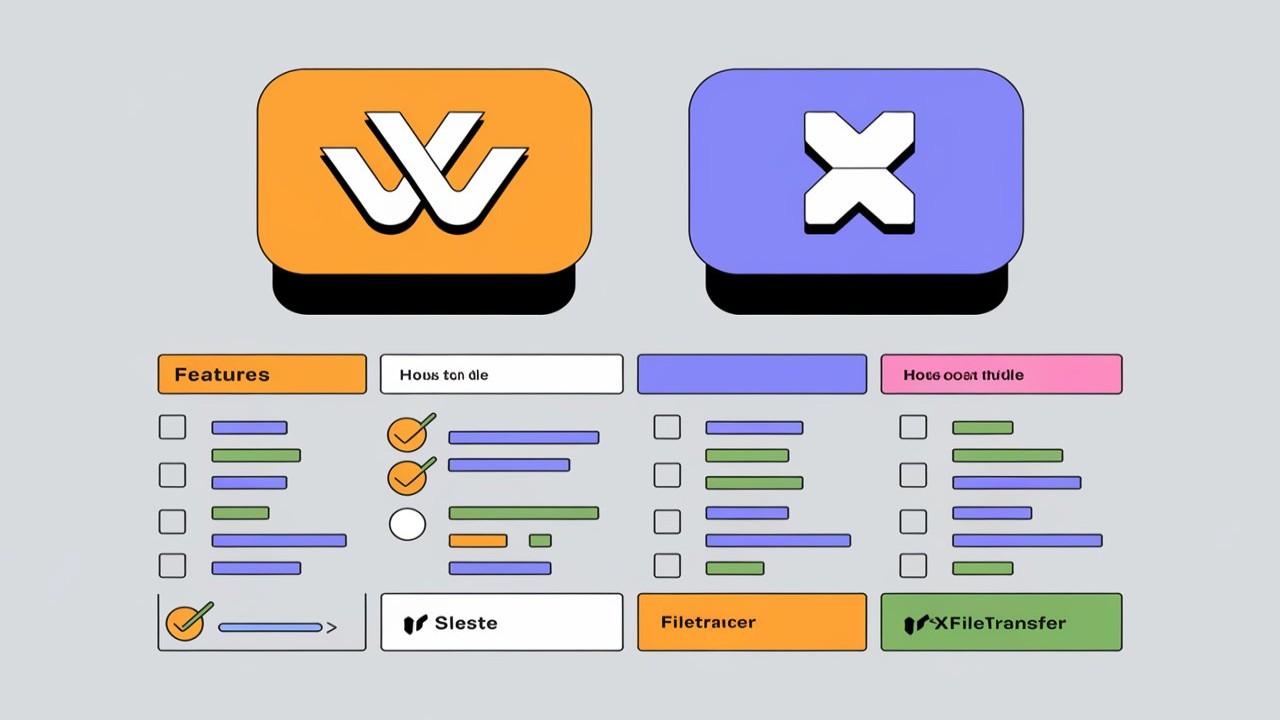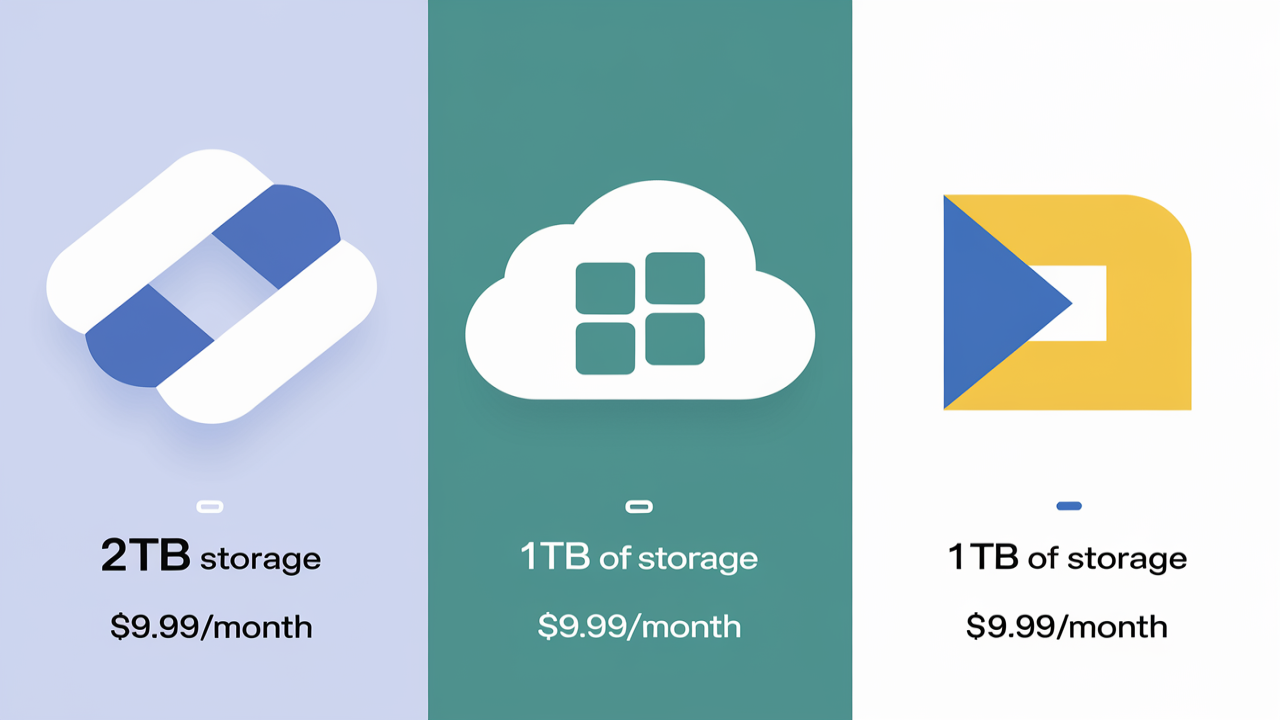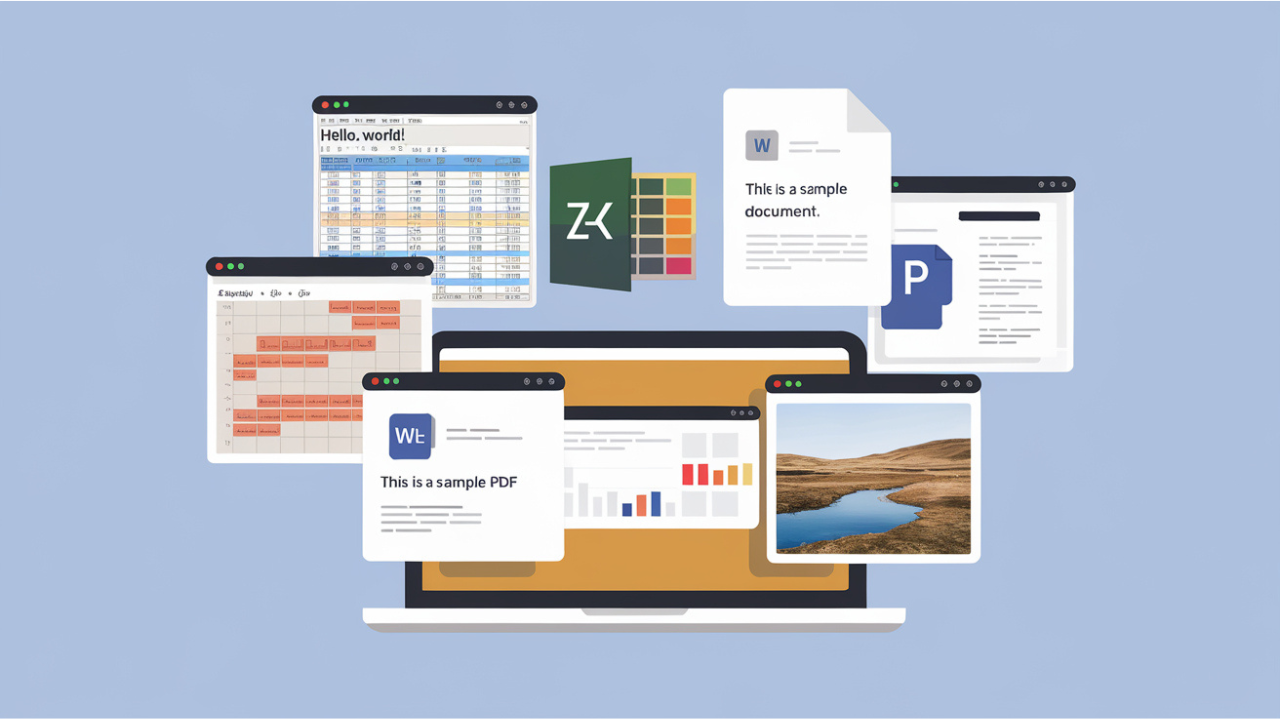Cloud storage is an amazing tool that helps businesses and individuals store large amounts of data without the need for physical servers. But it’s easy to rack up hefty bills when you're not keeping an eye on your storage use. In this article, we’ll explore how to reduce cloud storage costs through efficient file management, specifically focusing on Microsoft Azure. Ready to save some money? Let’s dive in!
Understanding Microsoft Azure Pricing
Overview of Microsoft Azure’s Pricing Model
Microsoft Azure has a pay-as-you-go pricing model, meaning you only pay for the resources you use. This can be an advantage, but without careful management, costs can quickly spiral out of control. Azure charges for storage based on several factors like the type of storage, data retrieval frequency, and redundancy.
Types of Storage in Microsoft Azure
Azure offers several types of storage, such as Blob Storage (for unstructured data), File Storage (for shared files), and Disk Storage (for virtual machines). Each of these has different cost structures, so it's essential to understand which type best fits your needs.
Choosing the Right Storage Tier
Hot, Cool, and Archive Storage Explained
Azure offers three main storage tiers: Hot, Cool, and Archive. The Hot tier is designed for data you access frequently, the Cool tier for data accessed less often, and the Archive tier for data you rarely need.
When to Use Each Storage Tier
To save costs, store frequently accessed files in the Hot tier and move less-used data to Cool or Archive tiers. Archiving data you no longer need frequently can slash your costs significantly.
Efficient Data Archiving
What is Data Archiving?
Archiving is the process of moving inactive data to a low-cost storage solution. Azure’s Archive Storage is ideal for this. It allows you to store data at dramatically reduced costs compared to Hot or Cool tiers, but be aware that retrieving archived data can be more expensive and slower.
Best Practices for Data Archiving in Azure
Set up policies to automatically move data that hasn’t been accessed for a certain period into the Archive tier. This reduces storage costs and keeps your system clutter-free.
Automating Data Management
Using Azure Blob Lifecycle Management
One of the most effective tools for automating your file management is Azure Blob Lifecycle Management. You can set rules to automatically move data between storage tiers or delete old files.
Benefits of Automation for Cost Reduction
Automation takes the guesswork out of managing data. By setting up rules to transition data based on usage patterns, you’ll reduce storage costs without needing manual intervention.
Compressing and Deduplicating Files
How to Compress Files on Azure
Storing compressed files can significantly reduce storage costs. Azure supports compression algorithms that allow you to reduce the size of files without losing quality.
Deduplication: Why It Matters for Cost
Deduplication eliminates duplicate copies of the same data, which can save tons of storage space. By ensuring you’re not storing the same file multiple times, you can cut down on unnecessary costs.
Optimizing Data Transfers
Bandwidth Considerations
Whenever you transfer data to or from Azure, there are bandwidth costs involved. Using tools like Azure ExpressRoute, you can optimize your data transfers to avoid excessive costs.
Using Azure ExpressRoute to Save Costs
Azure ExpressRoute provides a dedicated, private connection to Azure, which reduces data transfer costs compared to using the public internet. This is particularly useful for businesses with heavy data needs.
Minimizing Data Redundancy
What is Geo-Redundancy?
Geo-redundant storage (GRS) replicates your data across multiple regions to ensure it’s available even in case of an outage. However, it comes with a higher price tag.
Deciding When to Use Geo-Redundant Storage
For mission-critical data, geo-redundancy is a must, but it’s not necessary for everything. Use GRS sparingly and opt for Locally Redundant Storage (LRS) when appropriate to cut down costs.
Monitoring and Analyzing Cloud Storage Usage
Tools Available in Microsoft Azure for Monitoring
Azure provides several tools for monitoring storage usage, including Azure Monitor and Azure Cost Management. These tools help you track your usage and identify areas where you can cut costs.
How to Use Azure Cost Management and Billing
Azure Cost Management gives you a clear breakdown of your storage costs, making it easier to spot inefficiencies and optimize your spending.
Managing Idle Resources
Identifying Unused Storage and Resources
Many users forget to remove resources they no longer need, leading to unnecessary storage costs. Azure’s monitoring tools can help you identify idle or unused resources.
How to Set Alerts for Unused Resources
Set up automated alerts within Azure to notify you when certain resources haven’t been used for a set period. This way, you can take action before costs accumulate.
Using Reserved Capacity for Cost Savings
What is Reserved Capacity?
Azure offers reserved capacity, allowing you to pre-pay for storage over one or three years at a discounted rate. This can lead to significant savings if you’re planning for long-term usage.
How it Helps Reduce Long-Term Costs
Reserved capacity is ideal for businesses with predictable storage needs, as it can provide up to a 72% savings compared to pay-as-you-go pricing.
Leveraging Hybrid Cloud Solutions
What is a Hybrid Cloud?
A hybrid cloud solution combines on-premises and cloud storage. This allows you to store sensitive or frequently accessed data on-site, while using Azure for long-term or less critical storage needs.
Using On-Premises Storage with Azure
A hybrid setup can save money by reducing the amount of data you need to store in the cloud. Keep frequently used data on-premises and use Azure for archive or backup purposes.
Rightsizing Your Storage
Assessing Your Current Storage Needs
Periodically review your storage needs to ensure you're not over-provisioning resources. Use Azure’s tools to identify underutilized storage and scale back.
Scaling Down Unused Resources
By rightsizing your storage, you’ll only pay for what you actually use, cutting down on wasteful spending.
Taking Advantage of Free Tools
Azure’s Free Tier and Tools
Azure offers a free tier that includes a limited amount of storage and free tools for monitoring and managing your storage. Make the most of these to minimize costs.
Best Free Resources for Cloud Storage Management
Azure also offers free resources like Azure Cost Management and Azure Advisor to help you optimize your cloud usage and save money.
Conclusion
Managing cloud storage on Microsoft Azure doesn’t have to be costly. By using the right storage tiers, automating data management, and monitoring your usage, you can dramatically reduce your cloud storage costs. Keep an eye on unused resources and scale back when necessary, and don’t forget to take advantage of Azure’s free tools






Comments (0)